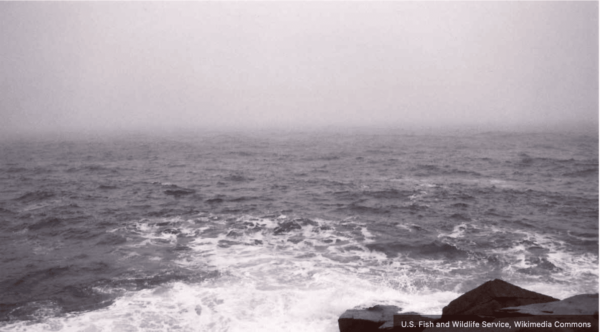
.
This story originally was published by Real Clear Wire
Real Clear Wire
Offshore wind developer Ørsted has delayed its New Jersey Ocean Wind 1 project to 2026.
Previously, the company had announced construction of the project would begin in October 2023.
The delay was attributed to supply chain issues, higher interest rates, and a failure to obtain enough tax credits from the federal government.
For now, they are not walking away from all their U.S. projects, but will reconsider long-term plans by the end of this year.
Ørsted’s stock price has fallen 30% in 5 days. This is just the latest bad news for offshore win.
.
Oersted said, it is “reconfiguring” Ocean Wind II in New Jersey, and its Skipjack Wind project off the coasts of Maryland and Delaware, because they do not currently meet its projected financial standards.
The Maryland Public Service Commission guaranteed Skipjack Wind $146.42/MWh average over twenty years and also gets to keep revenue from sales to the regional grid.
Apparently, the higher guarantee is still not enough to meet the company’s financial goals. Ørsted is working to renegotiate guaranteed prices on two other projects, Sunrise Wind and Revolution Wind, that would need a 30% increase just to meet the current Ocean Wind 1 guaranteed price.
Meanwhile, projects off New York are asking for an average 48% increase in guaranteed prices that could add $880 billion a year to electric rates, or almost $18 billion over twenty years (see table below).
In North Carolina, the latest long-term energy plan from Duke Energy drops offshore wind entirely in favor of nuclear, solar, and onshore wind.
Furthermore, Duke has committed to close any existing power plants, after replacement plants are in operation, an idea that other states and regions, such as New England, should follow, to ensure reliable electric service, 24/7/365.
Two new offshore wind lease areas in the Gulf of Mexico failed to attract a bid.
NOTE: In the UK
About 7,000 MW of offshore wind bids were awarded by the UK 4th Auction, in 2022
No bids were submitted for the UK 5th Auction, in 2023; European Big Wind companies protesting against low UK subsidies.
Vineyard Wind off Nantucket has begun construction but faces three unresolved lawsuits.
Wind turbine manufacturers are faring no better.
Siemens Gamesa has announced almost $5 billion in 2023 losses from warranty repairs for turbines much smaller than those planned in the US.
The company also faces price pressure. The stock price has dropped 30% since June.
This is not the time for ANY STATE to be considering offshore wind.
An 800 MW project, similar in size and current guaranteed price to Skipjack 2, may raise Delaware residential electric prices by $400 to $545/year , and for businesses by the tens of $thousands.
A Monmouth University poll shows a major decrease in public support for offshore wind in New Jersey, falling from 84% to 54% with 40% opposed.
David T. Stevenson, Center for Energy & Environmental Policy, Caesar Rodney Institute.
You need to be a member of Citizens' Task Force on Wind Power - Maine to add comments!
Join Citizens' Task Force on Wind Power - Maine